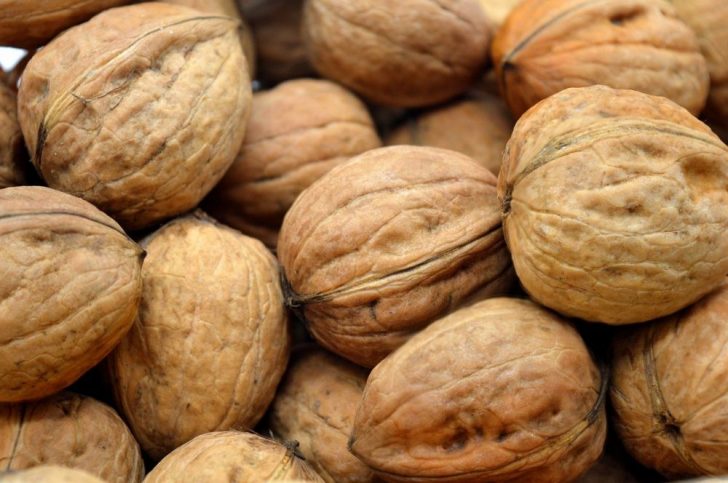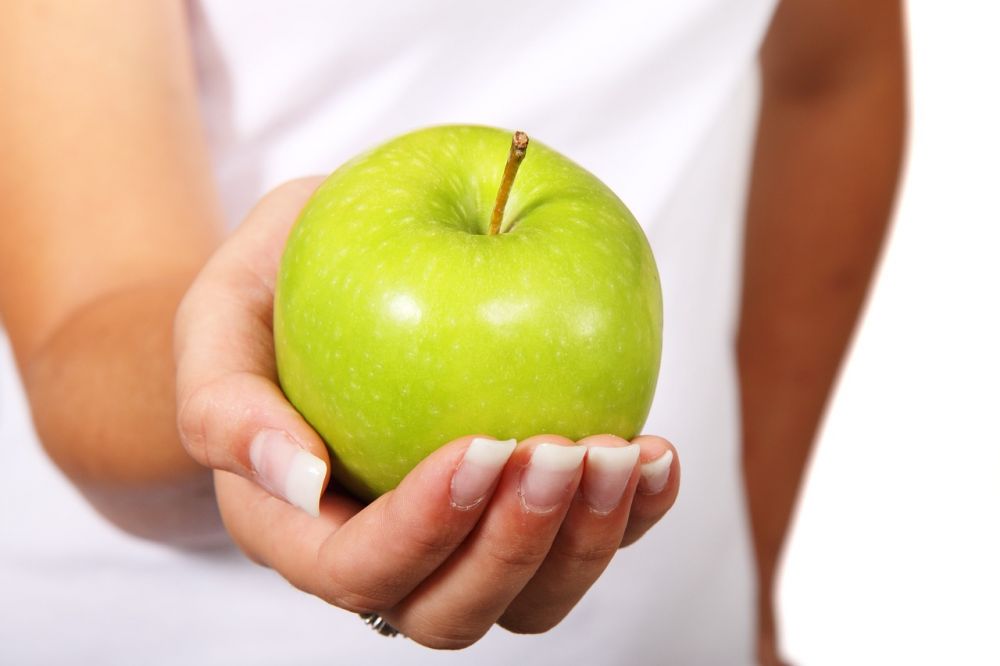Raw Food Diet: A Comprehensive Guide to Healthy Eating

Raw Food Diet – The Path to a Healthier Lifestyle
Introduction:

The raw food diet, also known as raw foodism, has gained significant popularity in recent years due to its numerous health benefits. This article aims to provide a comprehensive overview of the raw food diet, explaining what it is, the different types, popular variants, and its quantitative measurements. Additionally, it will discuss the variations within the diet, its historical background, and the advantages and disadvantages associated with different raw food diets.
Understanding Raw Food Diet
Raw food diet, as the name suggests, primarily consists of consuming unprocessed, uncooked, and organic food items. The core principle behind this diet is that heating food above 118F (48C) destroys enzymes and nutrients, making it less nutritious. Proponents of the raw food diet believe that consuming raw foods maximizes nutrient intake and promotes overall health.
Types of Raw Food Diets
There are various types of raw food diets, catering to different preferences and nutritional needs. The most common ones include:
1. Raw Vegan Diet: This diet excludes all animal products, including meat, dairy, and eggs. It primarily comprises fruits, vegetables, nuts, and seeds.
2. Raw Vegetarian Diet: Similar to the raw vegan diet, but allows for the inclusion of unpasteurized dairy products, honey, and eggs.
3. Raw Pescatarian Diet: In addition to plant-based foods, this diet allows for the consumption of raw fish and seafood.
4. Raw Omnivorous Diet: This diet allows for the inclusion of raw meat, fish, eggs, dairy, and plant-based foods.
Quantitative Measurements of Raw Food Diet
When evaluating the raw food diet, it’s important to consider its quantitative measurements. While nutrient content can vary depending on the food sources and preparation methods, several studies have highlighted the following nutritional aspects:
1. Enzymes: Raw food diet proponents argue that raw food contains essential enzymes that aid digestion and promote overall well-being.
2. Micronutrients: Raw fruits and vegetables are rich in essential vitamins, minerals, and antioxidants vital for maintaining a healthy immune system and preventing chronic diseases.
3. Fiber: Raw food diets are often rich in fiber, which promotes digestive health and provides a feeling of fullness.
4. Protein: Though often criticized for its potential deficiency, raw food diets can still provide an adequate amount of protein through sources like nuts, seeds, and sprouted grains.
Variations Within Raw Food Diet
Although the raw food diet shares a common foundation, there are notable variations within the diet, highlighting individual preferences and nutritional needs. These variations include:
1. High Carb: Emphasizes consuming a higher proportion of carbohydrates from fruits and starchy vegetables for energy.
2. High Fat: Focuses on incorporating healthy fats from sources such as avocados, nuts, and seeds, accommodating a ketogenic approach.
3. Gourmet Raw: Involves creative and elaborate raw food preparation techniques to mimic cooked dishes, often utilizing dehydrators and unique flavor combinations.
Historical Background and Pros and Cons of Raw Food Diet
The raw food diet has historical roots that date back to the late 19th and early 20th centuries when it gained popularity as part of the natural hygiene movement. While proponents argue that the raw food diet offers numerous health benefits, there are also potential drawbacks:
Advantages:
1. Increased Nutrient Intake: Raw food diets typically involve consuming a vast variety of fruits, vegetables, nuts, and seeds, ensuring a high intake of essential nutrients.
2. Weight Management: The naturally low calorie and high fiber content of raw food can aid in weight management and support healthy weight loss.
3. Improved Digestion: The high enzyme content of raw foods can enhance digestion, leading to decreased bloating and improved gut health.
Disadvantages:
1. Nutrient Deficiencies: Without careful planning, raw food diets may lack certain nutrients, particularly protein, iron, calcium, and vitamin B12.
2. Food Safety Concerns: The risk of foodborne illnesses associated with raw animal products and unwashed fruits and vegetables is a potential concern.
3. Social Challenges: Adhering strictly to a raw food diet can present social challenges and limited dining options outside the home.
Conclusion:
The raw food diet offers a unique approach to healthy eating, emphasizing the consumption of uncooked and unprocessed foods. With various types and variations, individuals can find a raw food diet that suits their personal preferences and nutritional needs. However, it is essential to carefully plan and consider potential nutrient deficiencies and food safety concerns when adopting this dietary lifestyle. By understanding its origins, benefits, and drawbacks, individuals can make informed decisions about incorporating the raw food diet into their own lives.
Word count: 692 words.
FAQ
Is the raw food diet suitable for everyone?
Can the raw food diet provide enough protein?
What are the potential food safety concerns with the raw food diet?
Fler nyheter
Tandläkare Kungälv – din guide till trygg och kvalitativ tandvård
Raw Food Diet – The Path to a Healthier Lifestyle Introduction: The raw food diet, also known as raw foodism, has gained significant popularity in recent years due to its numerous health benefits. This article aims to provide a comprehensive ov...
Lotta Alberius
12 mars 2024
Vikten av medicinsk fotvård i Helsingborg
Raw Food Diet – The Path to a Healthier Lifestyle Introduction: The raw food diet, also known as raw foodism, has gained significant popularity in recent years due to its numerous health benefits. This article aims to provide a comprehensive ov...
Maja Bergman Lindberg
12 mars 2024
Komfortrullstolar: En guide för ökad livskvalitet
Raw Food Diet – The Path to a Healthier Lifestyle Introduction: The raw food diet, also known as raw foodism, has gained significant popularity in recent years due to its numerous health benefits. This article aims to provide a comprehensive ov...
Karl Lindgren
11 mars 2024
Joursjuksköterskans viktiga roll i vården
Raw Food Diet – The Path to a Healthier Lifestyle Introduction: The raw food diet, also known as raw foodism, has gained significant popularity in recent years due to its numerous health benefits. This article aims to provide a comprehensive ov...
Karl Lindgren
11 mars 2024











